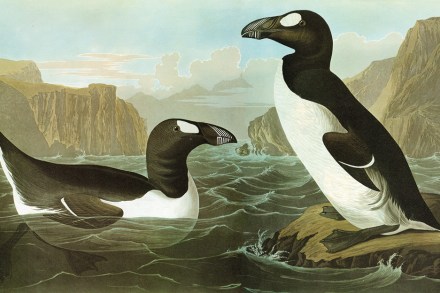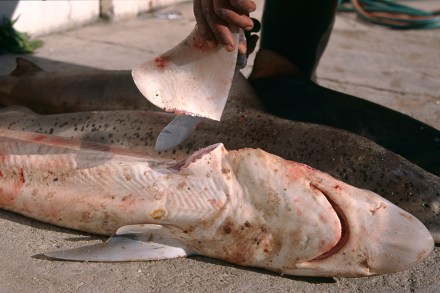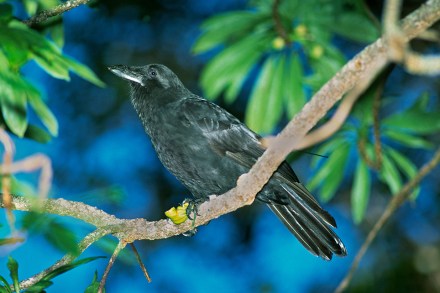Butchered for feather beds: the brutal end of the great auk
The great auk was a large seabird of the family Alcidae, a group which includes the razorbill, guillemot and puffin, breeding species of North Atlantic cliffs, islands and skerries. Before it was hunted to extinction in the 1840s, the great auk inhabited an ecological niche equivalent to that of penguins in the southern hemisphere. Flightless, and able to nest only on low-lying shorelines, it was nonetheless perfectly adapted to life at sea. Short, flipper-like wings enabled it to dive to prodigious depths for food; soft down and oily flesh kept it warm. Smartly attired in black and white, and with a massive bill, it stood nearly 3ft tall. The same




